Local Native Perennials
| Plant Details | |
| Common Name Pink Culver's Root Botanical Name Veronicastrum rosea The tall, pink flowers of this perennial contrast nicely with its deep green foliage! Blooms in the late summer. Does best in a sunny location in moist, rich, well-drained soil. Grows 3-6 feet tall. Pink Culver's Root Details |
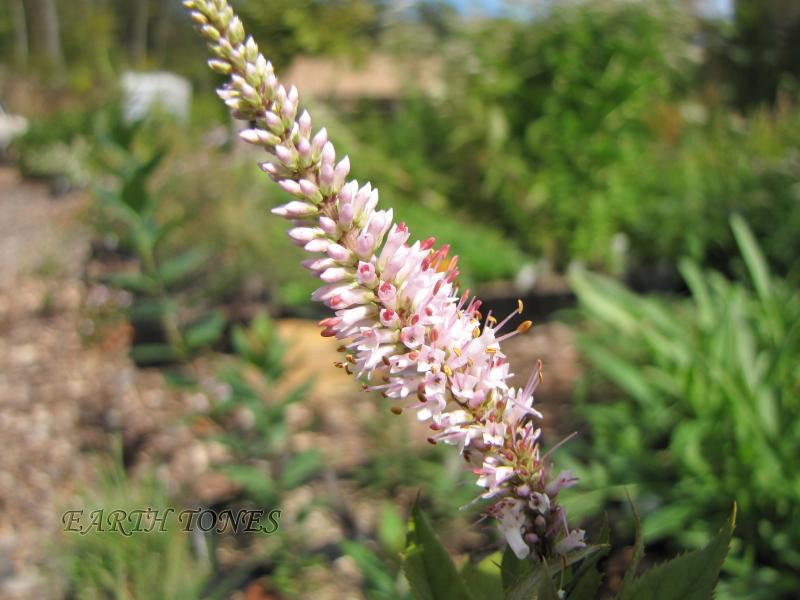 |
| Common Name Culver's Root Botanical Name Veronicastrum virginicum Blooms late in the season and is perfect with asters, ironweed, boneset and goldenrod. Produces huge, dramatic, firecracker flowers! Grows 3-6 feet tall. Prefers a sunny location with moist, well-drained soil conditions. Native form has white flowers. The variety Fascination has a stunning lavender color. Culver's Root Details |
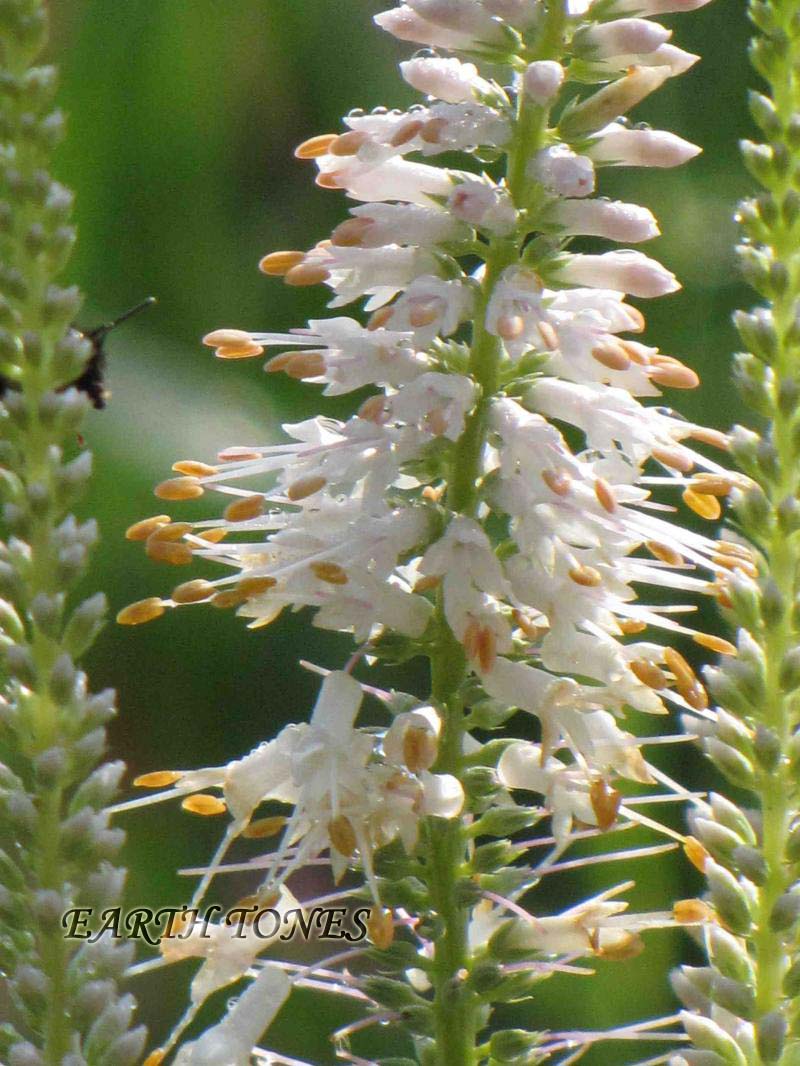 |
| Common Name Labrador Violet Botanical Name Viola labradorica With its green and purple foliage and pretty, tiny, purple flowers, this plant makes a fantastic ground cover for shady sites! It blooms in the spring but can re-bloom in the fall! Birds eat its seeds and pollinators use it as a source of nectar. It is a larval food source for fritillary butterflies. Prefers moist, rich soil. Grows 3-8 inches tall. Labrador Violet Details |
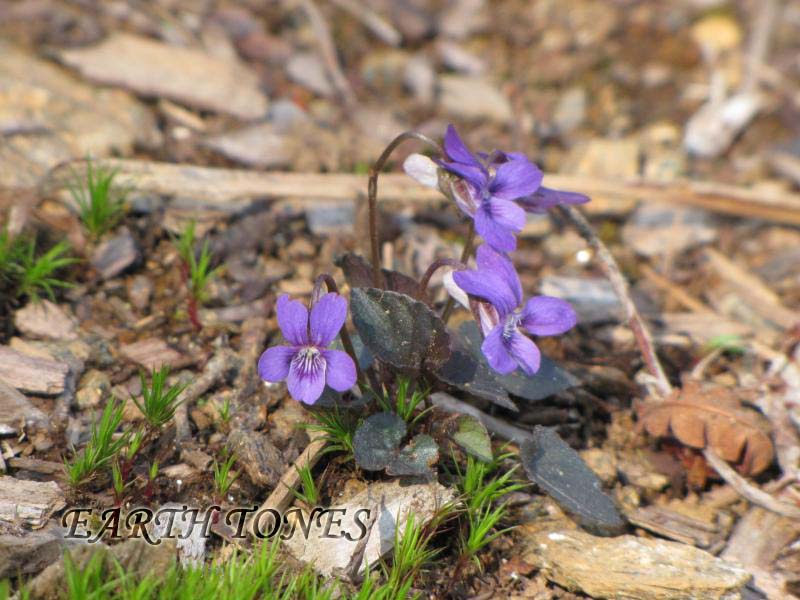 |
| Common Name Bog White or Lance-leaved Violet Botanical Name Viola lanceolata This tiny violet is a perfect addition to bog or water gardens. It grows 2-6 inches tall. It prefers moist, sandy soil. Its flowers are white and bloom in the spring. Bog White or Lance-leaved Violet Details |
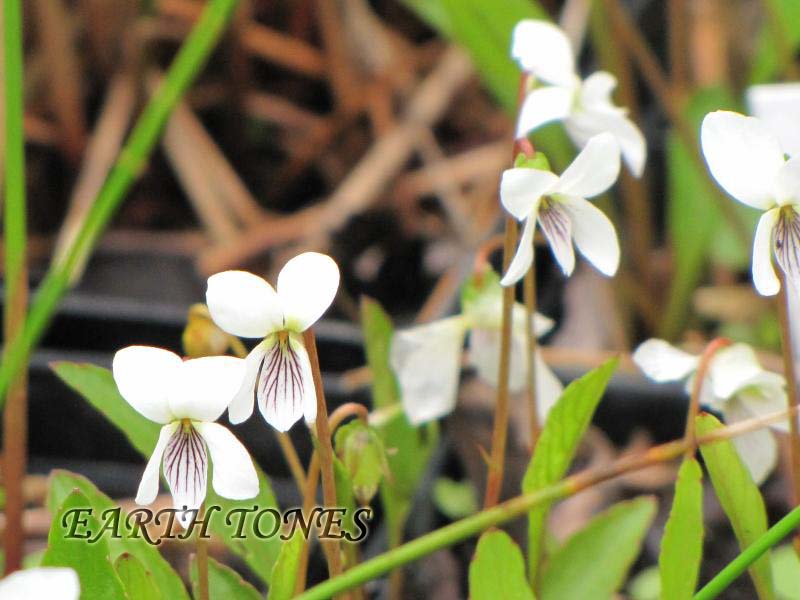 |
| Common Name Birdfoot Violet Botanical Name Viola pedata This plant’s flowers are edible and can be made into jelly or candied to decorate cakes! It has a frillier foliage than other violets. Produces purple to blue flowers in the spring. Prefers a sunny location in dry, sandy soil. Grows 4-10 inches tall. Birdfoot Violet Details |
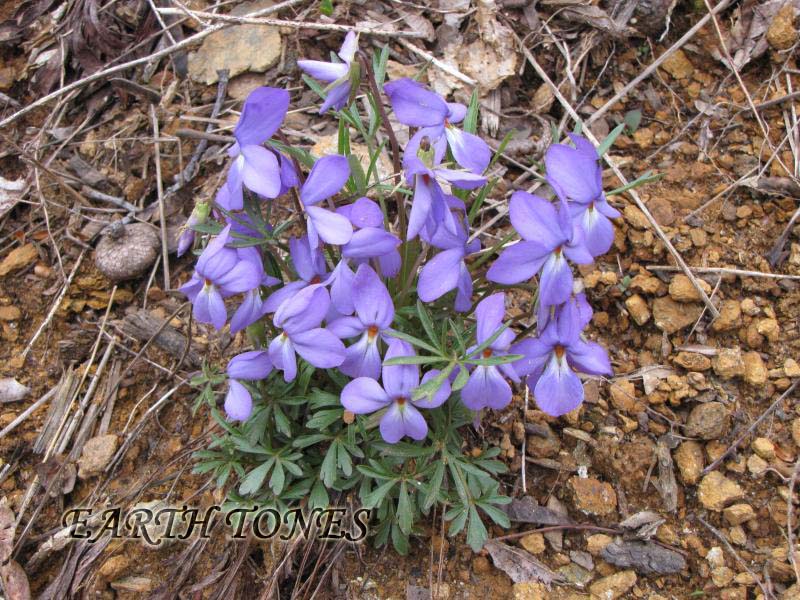 |
| Common Name Yellow Downy Violet Botanical Name Viola pubescens Aiton This woodland native produces pretty yellow flowers in the spring. It grows to be 4-18 inches tall. Prefers full to partially shady locations. It enjoys rich, dry soil. Makes an excellent ground cover! Yellow Downy Violet Details |
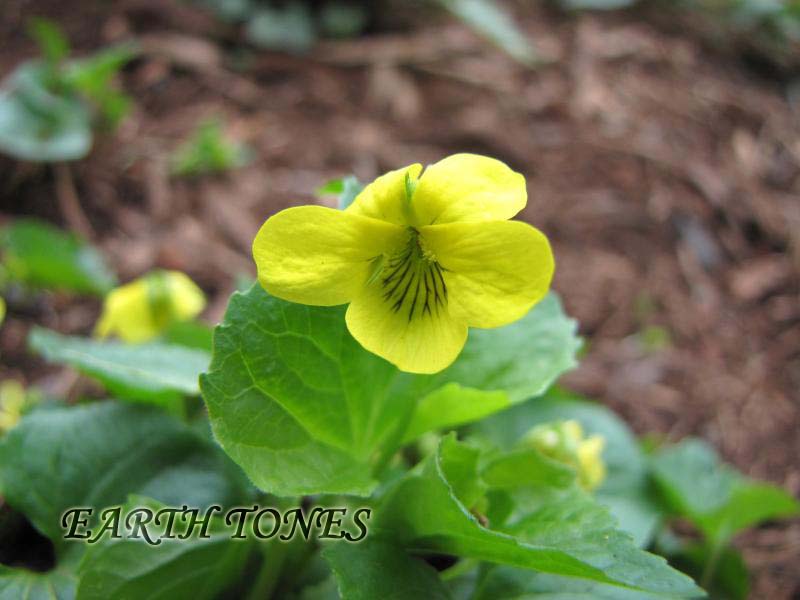 |
| Common Name Ovate-leaved Violet Botanical Name Viola sagittata (fimbriatula) This tiny violet only grows to be up to 6 inches tall. It prefers dry, sandy soil. Its blooms are dark purple and appear in the spring. Ovate-leaved Violet Details |
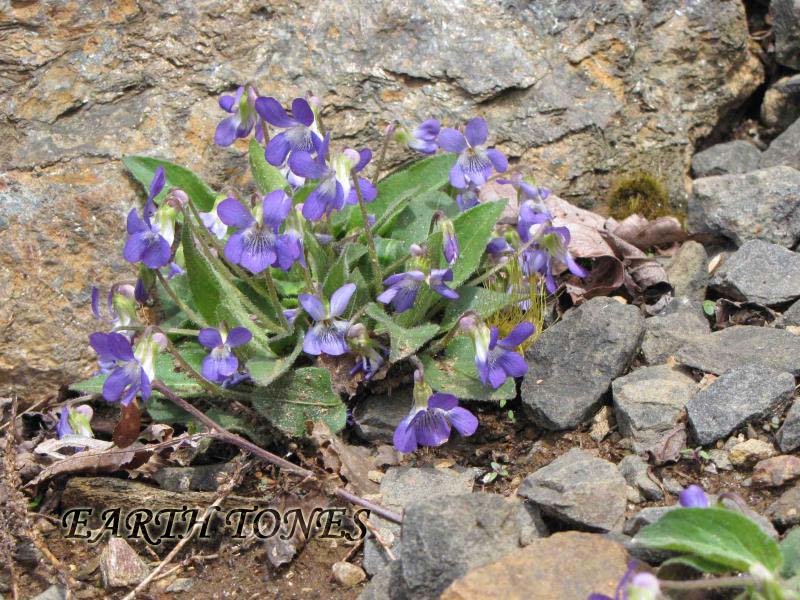 |
| Common Name Bog Yellow-Eyed Grass Botanical Name Xyris difformis This rare wetlands plant has bright yellow flowers that appear in late summer. Grows 6-24 inches tall. It prefers moist to wet sandy or peaty soil. Bog Yellow-Eyed Grass Details |
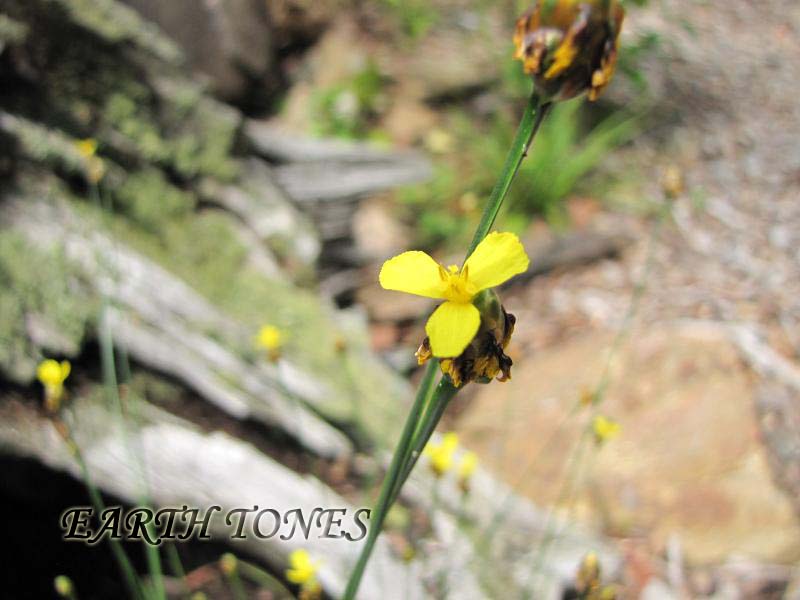 |
| Common Name Adam's Needle or Needle Palm Botanical Name Yucca filamentosa An evergreen with that Southwestern look! Tolerates more cold and wet than other varieties of Yucca. Prefers a sunny location. Attracts butterflies with its creamy white flowers and is also a larval host for them. Usually grows 1-4 feet tall. Develops green/brown fruit capsules after flowering. Adam's Needle or Needle Palm Details |
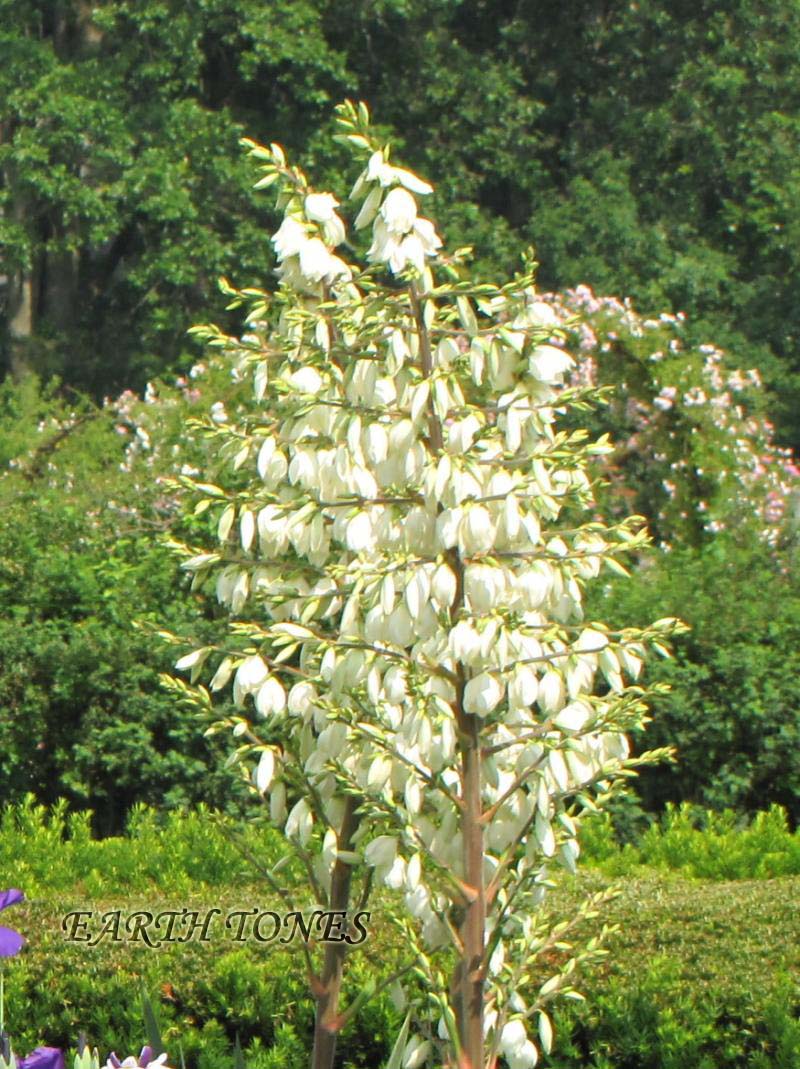 |
| Common Name Golden Alexander Botanical Name Zizia aurea Grows 1 to 3 feet tall. Prefers moist to wet soil. Produces tiny yellow flowers creating a showy umbel in the late spring. Golden Alexander Details |
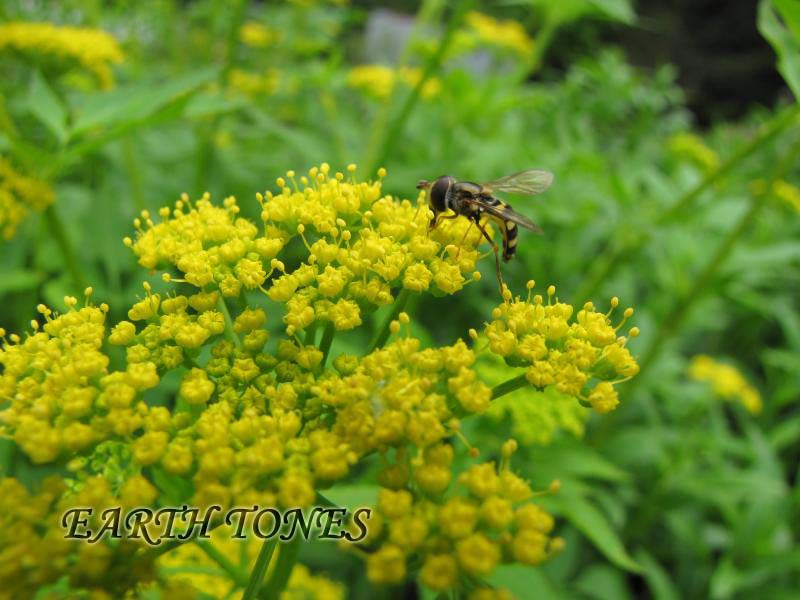 |
